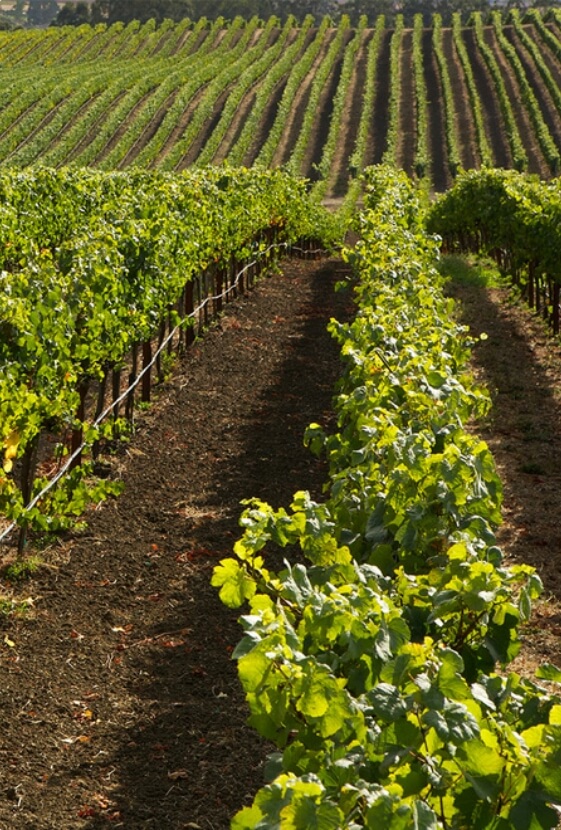As international grape varieties take root in new environments, winemakers are noticing unexpected characteristics emerge. Skins are thicker, colors are deeper and new flavor compounds are emerging that hadn’t before, often mirroring the backdrop around the grapevines. In the face of changing climates, grapevines must increasingly be able to shape-shift—to face heat, frost or whatever else Mother Nature throws at them. As producers and researchers notice how grapevines shape-shift to their environments, they’re using it to their advantage—planting varieties or clones alongside complementing ones to bring out the best of each variety.
There’s also the element of terroir. While the pressures of changing climates will force a grapevine to change, there are other factors at play—wind, soil, surroundings and the sway of a winemaker. Jake Terrell, director of vineyards at St. Francis Winery & Vineyards, has noticed his vines, and their grapes, will subtly change over time. “As vines mature and settle into their environment, they tend to come into better balance,” he says. The way vines age and progress, shaped by good factors, like light during ripening, and bad ones, like heat, drought and frost, play a role in what a wine ultimately tastes like. “It’s less about a fundamental change in the vine and more about how it responds to and interacts with its surroundings.”
Excerpt Taken From: Wine Enthusiast
Author: Kate Dingwall




